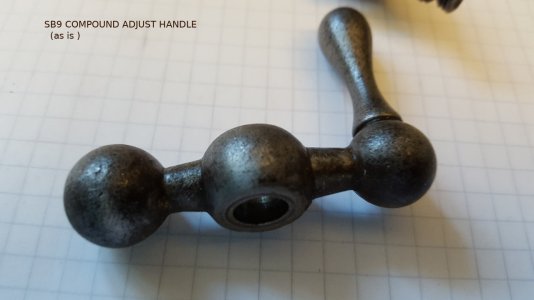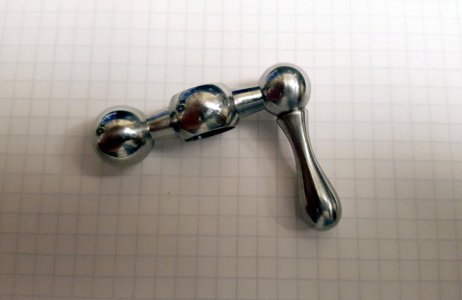.....of course I have the oxy-acetylene rig and
have had a few successes with brazing myself.
I wish you all the best success and please let us know how it goes!
-brino
I don't have oxy-acetylene. I once helped a pal get an acetylene cylinder to his place, and then I got to watch him light it, and make the smoky yellow flame turn blue.
I principle, I could persuade the Sherman welder into "lift-TIG braze mode". I have definitely considered all the braze options.We had those amazing pics from Ulma Doctor where he went to what looked like brazing fine art sculpture on a compound that had been chewed by a crash with a chuck!
This Old Tony has explored TIG brazing, taking it to a high skill..
Here ->
WeldingTipsandTricks explains aluminum bronze TIG braze, as opposed to silicon bronze braze for a vise repair, saying the braze is stronger provided the part is not going to be temperature cycled, like an exhaust.
Here - >
I will check the thermal expansion coefficient of the 45/55% ferro-nickel alloy, but we already know it has to be close enough to cool without too much stress, because that is what the alloy was developed for in the first place. I get it that getting the weld to "take" is the key thing. This is where brazing can easily "wet" on the join, and from then on, easily joins to itself. Pure nickel famously wets to iron, which is why it was traditionally used for repairs to higher carbon cast iron. I know that once non-ferrous braze metal is in there, you can never weld again short of cutting it all the way back to iron. If I try the weld first, and it turns out to be a fiasco, I can maybe try the braze as the alternative.
In the way folk are at HM, nobody is going to come onto me bad if I get it totally screwed up (other than a few laughs), so I don't mind having you see all see what happens. I just have to figure out some sensible heat treat arrangements, because kitchen grill is
verboten!



